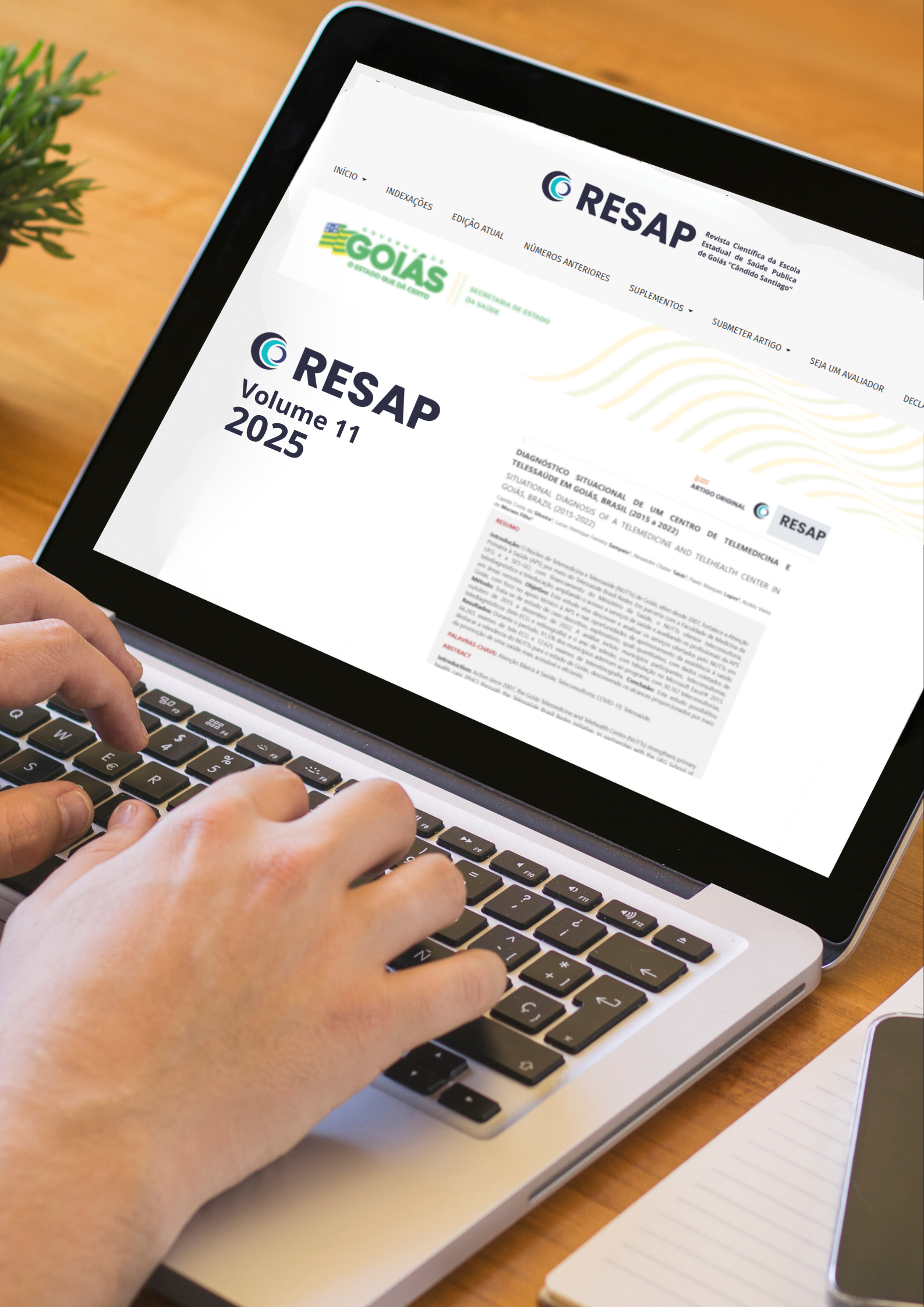Abstract
Introduction: Regular physical exercise has a beneficial impact on postural control in elderly individuals, helping to maintain balance through neuromuscular adaptations. Objective: To identify the effect of physical exercise on pressure release and postural control in physically active elderly women who practice multimodalities. Methodology: Cross-sectional study, non-probabilistic sample of elderly women aged 60 to 70 years, distributed into two groups according to the intensity and frequency of physical activity, being sedentary/not very active and active. Anamnesis, IPAQ questionnaire, and balance assessment with baropodometry were applied. Statistical analysis used the Shapiro-Wilk test for normality, Student's t-test for parametric data and Mann-Whitney U for nonparametric data, and linear regression analysis, with a significance level of p<0.05. Results: Sample of 44 elderly women, 26 active (66.7±5.8 years) and 18 sedentary/slightly active (69.9±7.7 years). In the comparative analysis of stabilometry, active elderly women obtained a larger elliptical area, lateral-lateral displacements and maximum pressure to the right than sedentary women. Linear regression showed that the lower the practice of physical exercise, the greater the imbalance in postural control. Conclusion: Elderly women who practice physical activity with moderate intensity perform postural adjustments for balance with less anteroposterior and lateral oscillation of the center of pressure.


